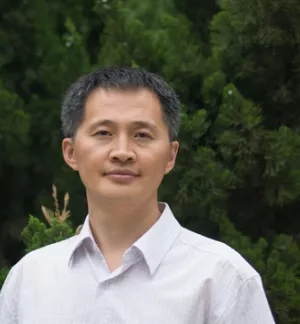International Security is America's leading peer-reviewed journal of security affairs.

Many scholars assume that classical arms control theory, derived from U.S.Soviet experiences, is universal. But China—as the weaker party in an asymmetric nuclear relationship—has developed its own tradition. China’s arms control tradition seeks to safeguard national defense modernization, prioritize developing military capabilities over reassurance and risk reduction, and maintain a high level of secrecy. This approach faces new challenges as China’s nuclear capabilities increase.
Wu Riqiang, "Keeping Pace with the Times: China's Arms Control Tradition, New Challenges, and Nuclear Learning," International Security, Vol. 50, No. 1 (Summer 2025), pp. 82–117, https://doi.org/10.1162/ISEC.a.6.
The full text of this publication is available via International Security.





